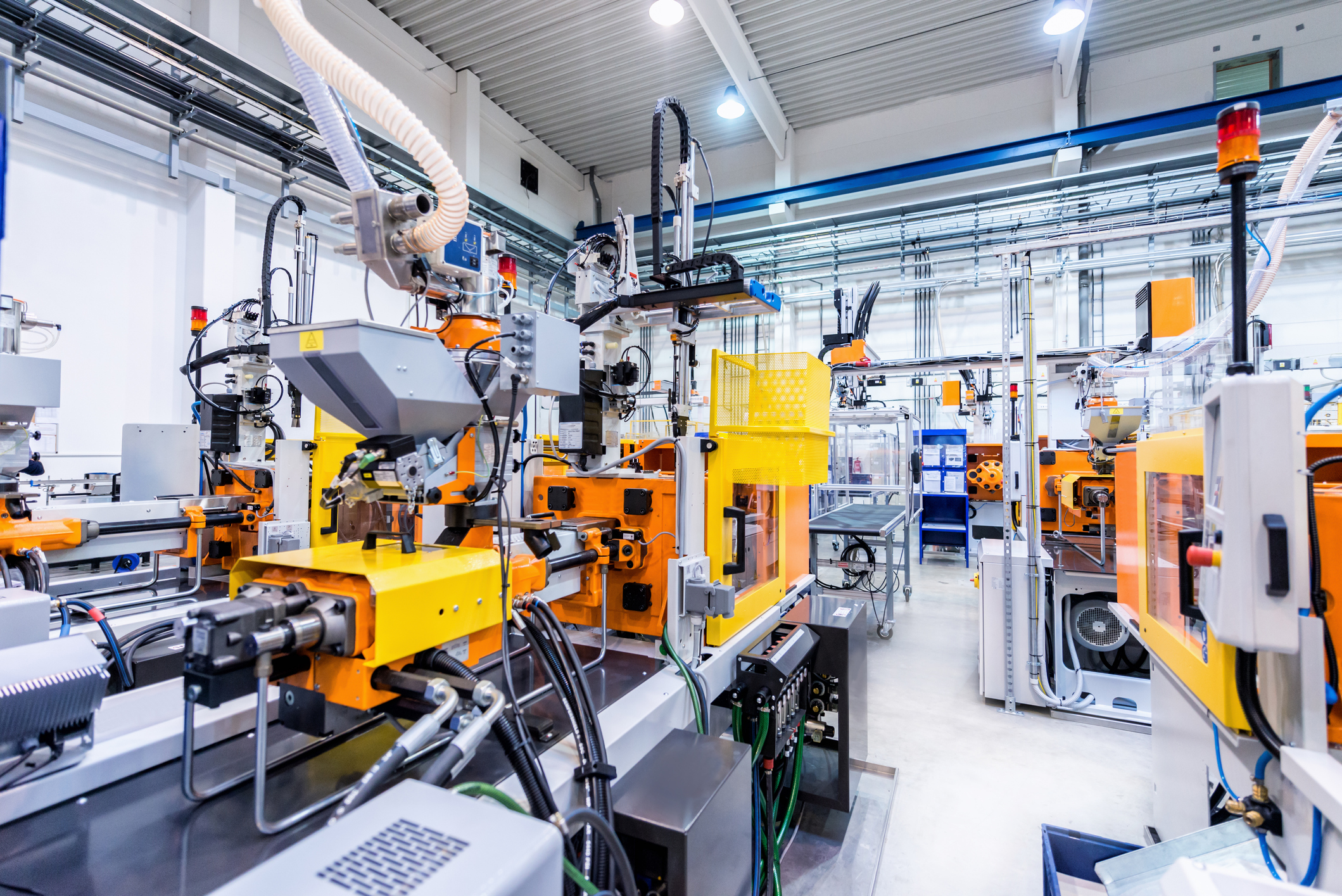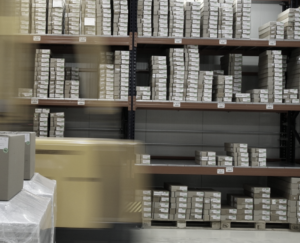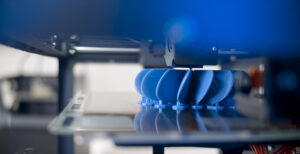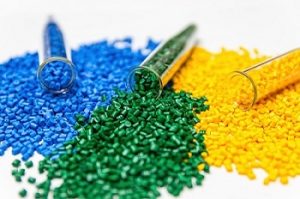Plastics touch almost every part of our lives today. There’s a good reason for that ubiquity, too: the versatility of plastic makes it a material highly suited to diverse manufacturing requirements. Plastics give us safe solutions that are durable and needed by many industries. You’ll find plastics are fundamental everywhere, from the automotive and aerospace sectors to sports equipment and household goods. However, not all plastic manufacturing methods are the same. Different approaches can yield radically different outcomes.
Selecting the proper plastic molding process requires research. A better understanding of today’s technology and methodologies can highlight which technique has strengths aligned with your project’s needs. Let’s consider the most common methods used by plastics manufacturers in Texas and then consider how you can make an informed selection.
Types of Plastic Molding Solutions
The approach that’s best for your project may depend on the geometry of the finished part, the materials you wish to use, and other factors. Each approach has pros and cons, so it’s essential to work closely with experienced engineers during the design phase. Today, there are three dominant approaches to making plastic parts.
Extrusion Molds
Extrusion molds are frequently used for simple plastic products that require a tube-like shape. In an extrusion mold, raw plastic materials melt inside a chamber before high pressure forces the molten plastic through a die. This molding die gives the resulting tube its size and shape. The thermosetting plastic cools as it passes through the die and retains its shape. Secondary operations, such as cutting and finishing the tubular shapes, deliver the final product.
Extrusion is a prevalent method for creating items such as PVC hoses and pipes. Extrusion is also the method used to create plastic insulation for electrical wires and cabling. Molding dies usually feature a relatively simple design, making it cheaper to design and operate. The continuous production capability also makes it ideal for high-volume manufacturing of thermoset tube shapes. However, extrusion is not suitable for many of the complex shapes required by other plastic products.
Injection Molds
Injection molding is the method of choice to achieve more complex part designs for components destined for use in other assemblies and for singular products. In contrast to extrusion molds, injection molds force molten plastic into a hollow mold cavity rather than out through a die. A high level of pressure keeps the mold cavity closed while plastic fills every space. The plastic then cools and hardens inside the mold. The pressure is released, and the mold ejects the part, which then closes again to receive another shot of plastic.
The process then repeats. Injection molding can take place with a vast range of different plastic materials to achieve simple or highly complex geometries at high quality. Its strength also lies in its high volume capabilities — it’s much easier to create thousands of parts in less time. Mold tooling, when well-cared for, can last for numerous cycles, delivering a better ROI over time.
3D Printing/Additive Manufacturing
3D printing remains on the cutting edge of plastics manufacturing and has taken a central role in prototyping. Also called additive manufacturing, a machine deposits melted thermoplastic layer by layer, building the part from the ground up through successive additions of resin. 3D printing is excellent for testing design elements in a component intended for injection mold manufacturing later.
However, 3D printing is a slow plastic manufacturing process, though newer industrial 3D printers have begun making gains in this area. 3D printing goes hand-in-hand with other manufacturing methods, such as vacuum forming for packaging, casting, blow molding, and subtractive CNC machining, which businesses may need to achieve designs that are not possible with injection molds.
Which Plastic Injection Molding Solution Is Best for Your Business?
Although all these options have strengths and weaknesses, there is only one best suited for the largest production cycles of complex 3D shapes.
When you need a company nearby to produce vast volumes of plastic parts at great speed and with consistent accuracy, virtually no method can achieve the results you seek aside from plastic injection molding. Although it takes time and a considerable upfront investment to design and produce the molds for these parts, the cost-per-part drops dramatically with the tooling completed. Over extensive production runs, each part could perhaps be pennies on the dollar.
3D printing has a vital role to play in prototyping, and extrusion molding has its place for specific shapes. For the versatility needed across industries today, though, injection molding is the way to go.
Find the Best Plastic Manufacturing Process and Materials for Your Project
Taking on plastics manufacturing projects is made simpler when you have an experienced guide close at hand. At Reliant Plastics, our team has decades of experience and a cutting-edge manufacturing facility. We can help your business assess the proper procedure for your parts while paving the way towards prototypes and more. Contact us today to find out more about how to tap into advanced manufacturing today.




